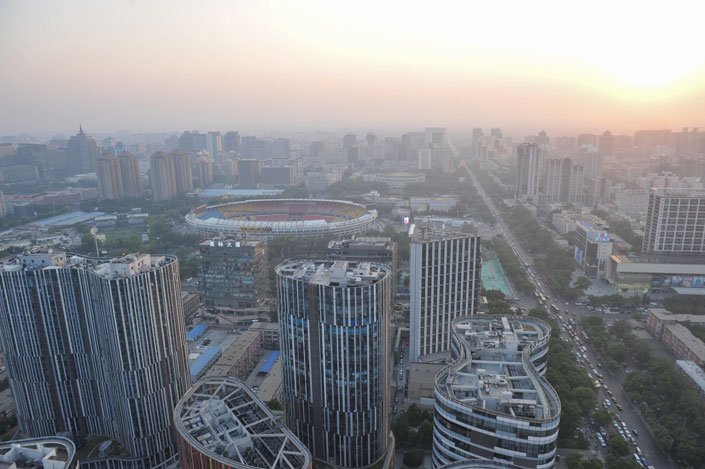An official from the Ministry of Ecology and the Environment told a press conference that between January and April, 339 large cities in the country reported an average density of 127 micrograms per cubic meter, that is, an 8.5 percent increase in comparison with the same period of 2021.
The increase exceeded 20 percent in places like Chengdu, Chongqing and other major riverside metropolises on the Yangtze River.
“The situation is not optimistic. The ministry has a hard road ahead when it comes to control,” the source said, adding that ozone is the main air pollutant during the summer.
China has reduced the level of air pollution in many cities down to 40 percent in the last five years through measures such as the closure of coal-fired plants, restrictions on vehicle traffic and the use of natural gas.
The PM2.5 Fine Particles absorb the elements responsible for generating ozone and when lowered, the presence of the chemical increased in the lower levels of the atmosphere.
Breathing air with a high concentration of ozone is highly harmful for asthmatics, children, the elderly, athletes and those who work outdoors.
pgh/llp/jcm/ymr










